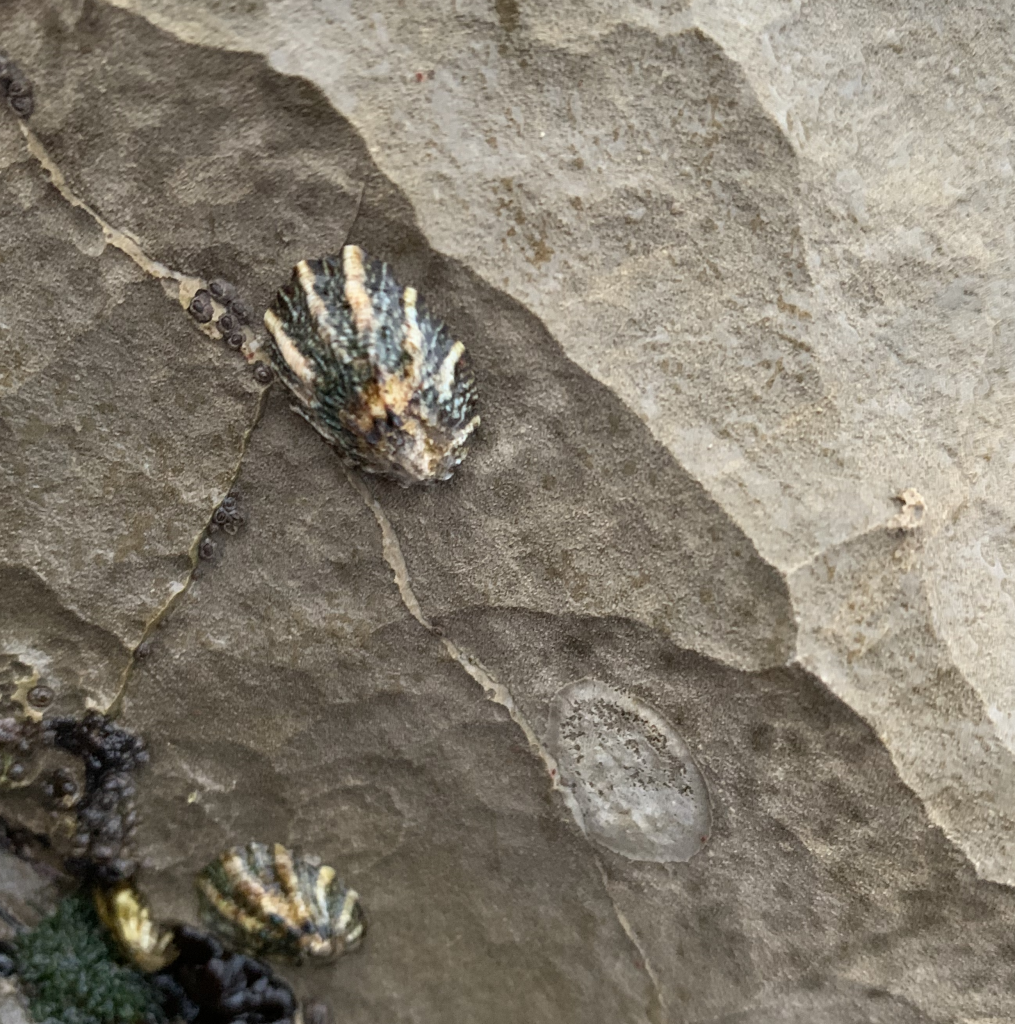
Lottiid limpets
are astonishingly diverse in California’s intertidal zone. Rough limpets (Lottia scabra) are generalist grazers, consuming diatoms, microscopic stages of macroalgae, and other microphytobenthos in the middle and high intertidal zones. Distributed from Cape Arago (central Oregon) to San Pedro (southern California) rough limpets span the California Transition Zone wherein colder-water communities are replaced by warmer-water communities.
Although abundant in sun-exposed areas, rough limpet abundance, growth, and maturation are sensitive to temperature changes and food availability. While many studies explore what happens to species’ range limits under climate change, few consider the consequences for transitions at the limits of different clades within a species range. We will describe the genomic changes that occur between southern and northern rough limpets across the California Transition Zone (CTZ) as a model for the genomic impact of climate change on the many intertidal invertebrate species that span the CTZ.
